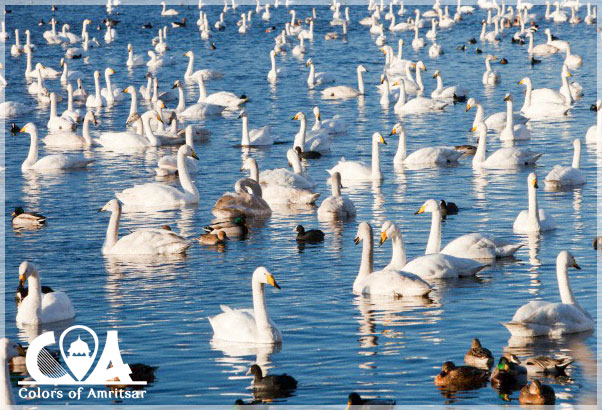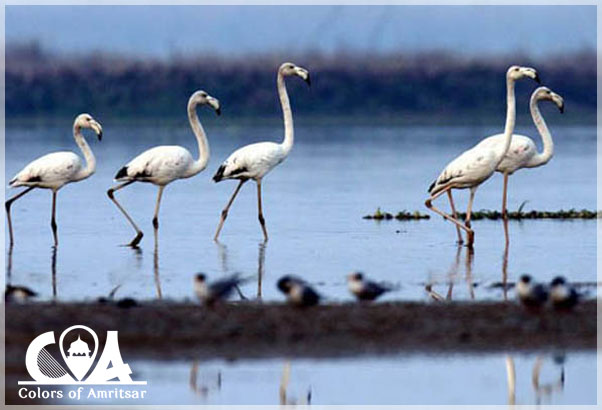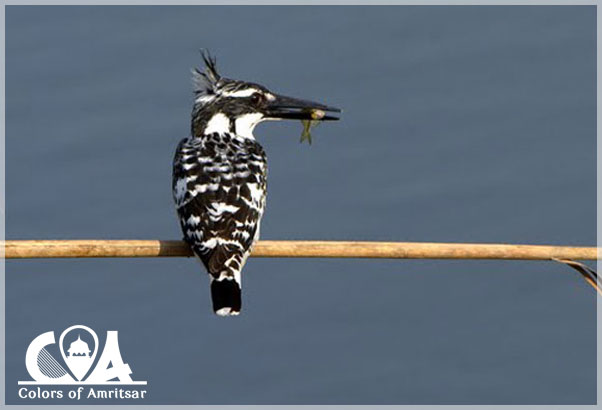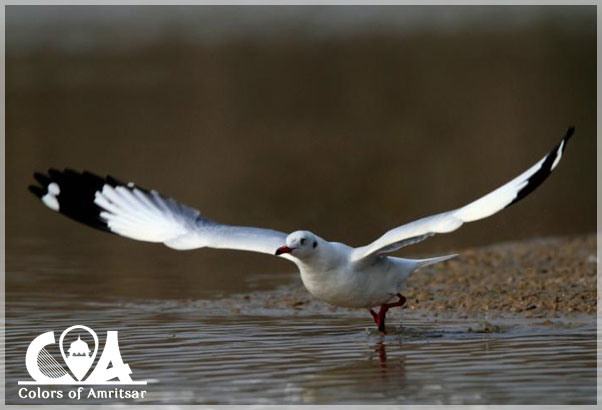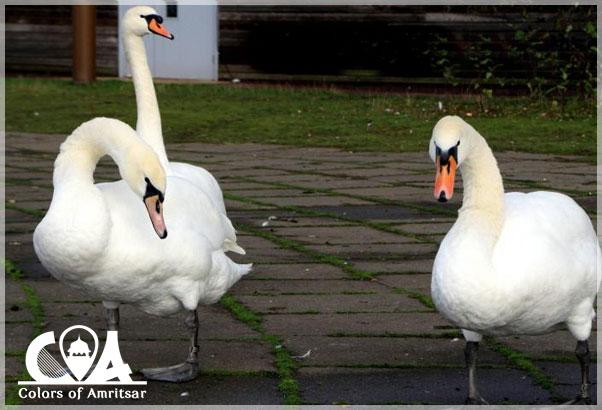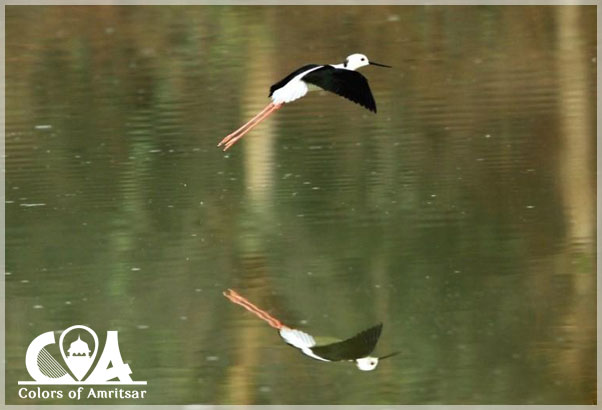Harike Wetland & Wildlife Sanctuary also known as “Hari-ke-Pattan”, with the Harike Lake in the deeper part of it, is the largest wetland in northern India. It is a vital staging post and the winter home of a enormous concentration of migratory waterfowl that rivals only Keoladeo National Park near Bharatpur. A number of globally threatened species have also been recorded in Harike.
Situated 55 km south of the city of Amritsar, the shallow reservoir was created in 1953 by the construction of a barrage at the confluence of the Sutlej and Beas rivers. Harike Lake was declared a 41 sq km wildlife santuary in 1982. Considered a wetland of international importance, it was included in the List of Ramsar sites in 1990. The sanctuary area was enlarged in 1992 to 86 sq km. From 1980-1985, the Bombay Natural History Society carried out research and a bird ringing programme there. Harike was also the subject of a 1994 publication by WWF-India as part of their series on Ramsar Sites of India.
Some 7 species of turtle and 26 species of fish have been recorded in Harike. The mammals found at Harike include the Smooth Indian Otter, Jungle Cat, Jackal, Indian Wild Boar and the Common Mongoose. The rare and endangered Testudine Turtle and Smooth Indian Otter are listed in the IUCN Redlist of Threatened Animals. Harike attracts large populations of avifauna, in particular the diving ducks. It is a vital source of water for the people of Punjab. The main species of fish fauna present is Hilsa. The livelihood of nearby villagers depends to some extent upon the lake’s fish resources.

